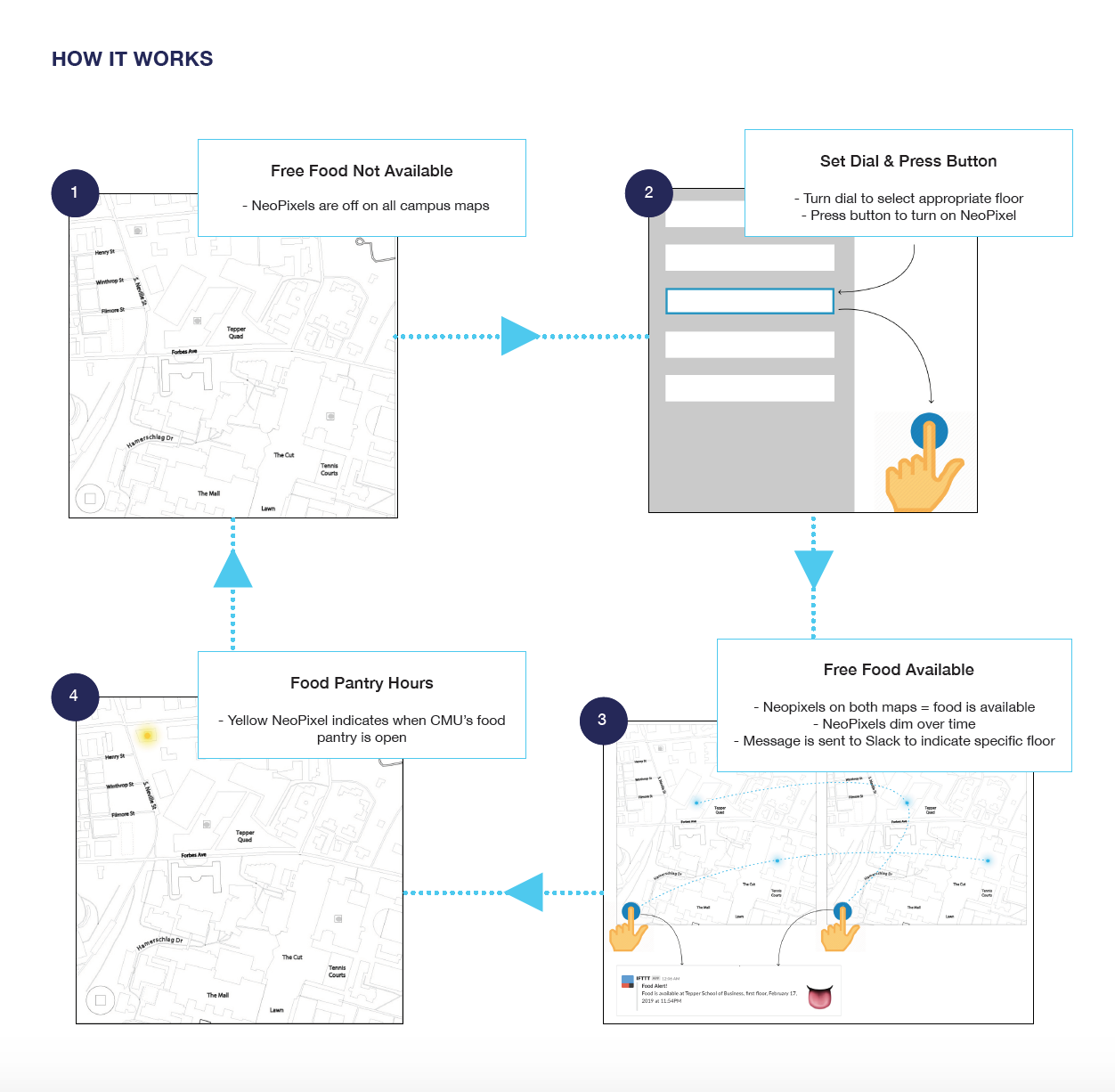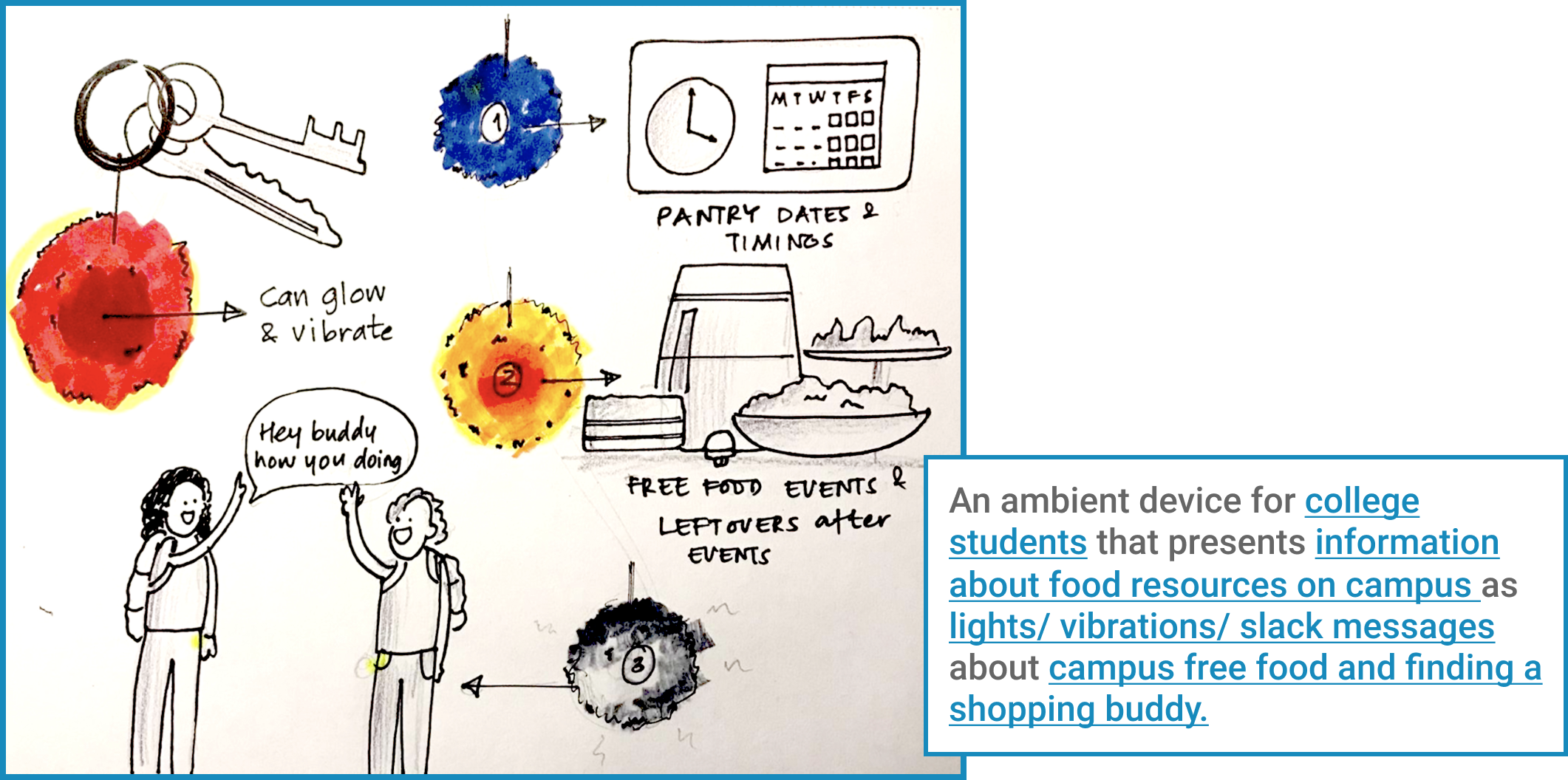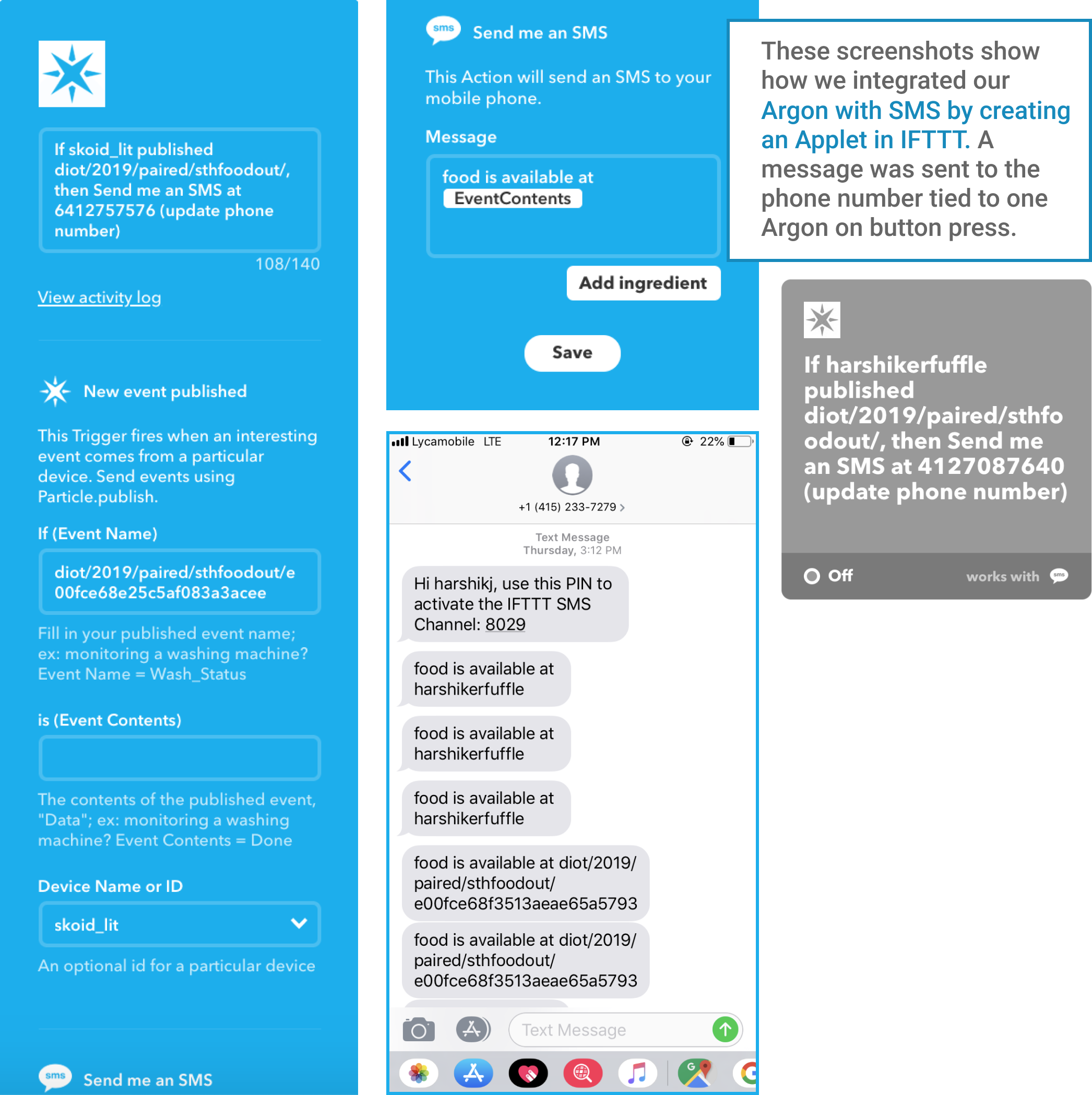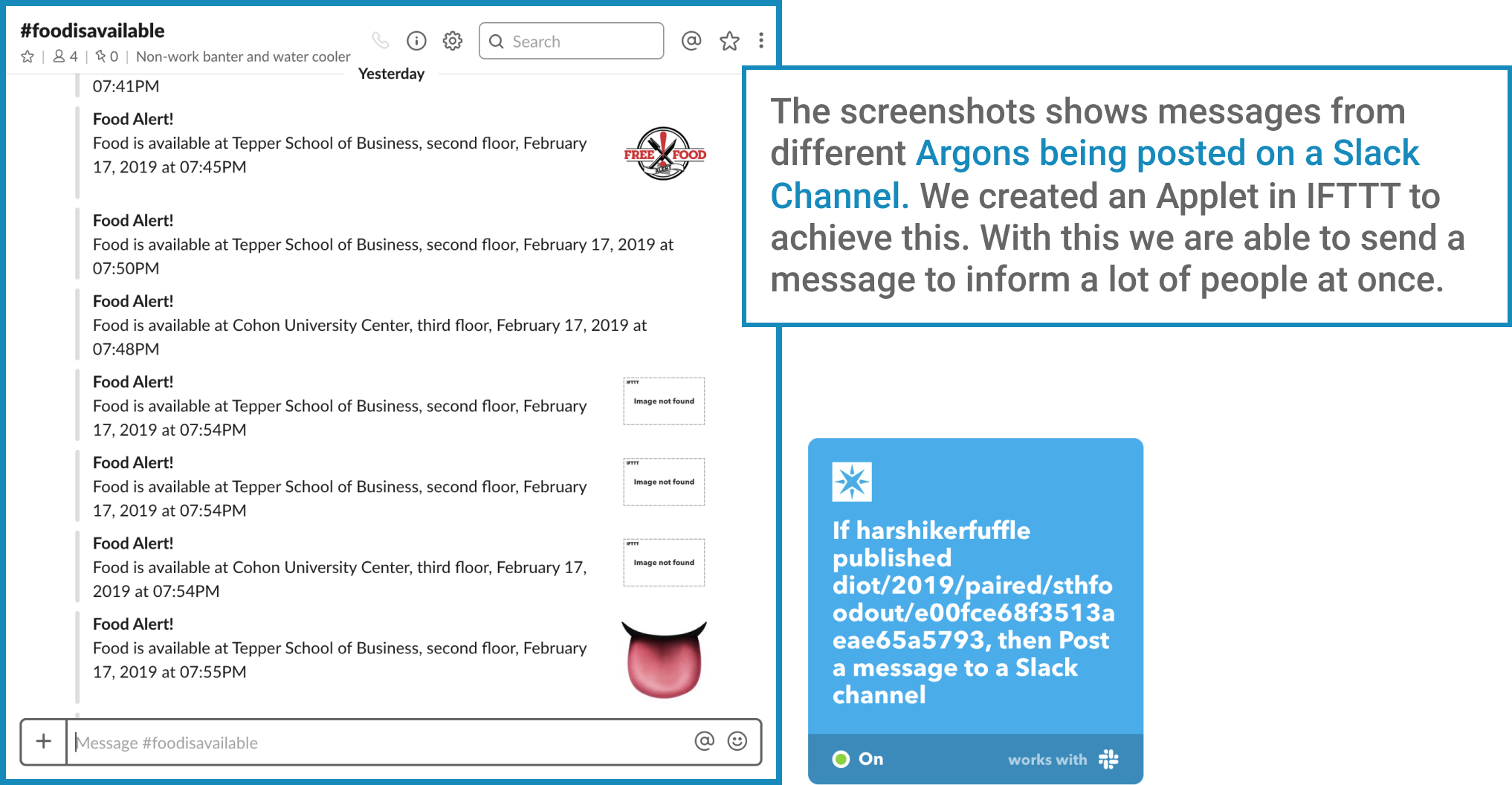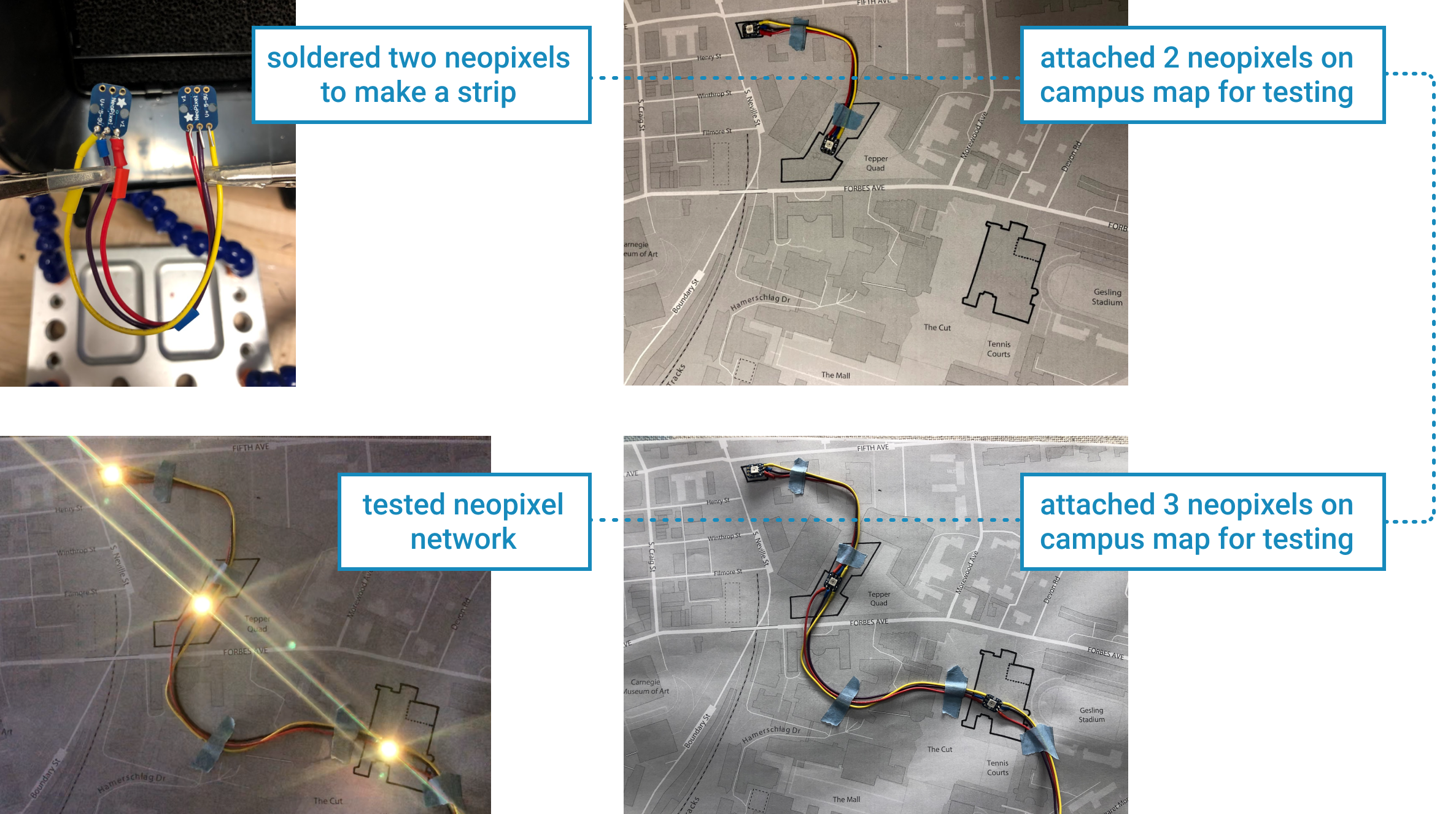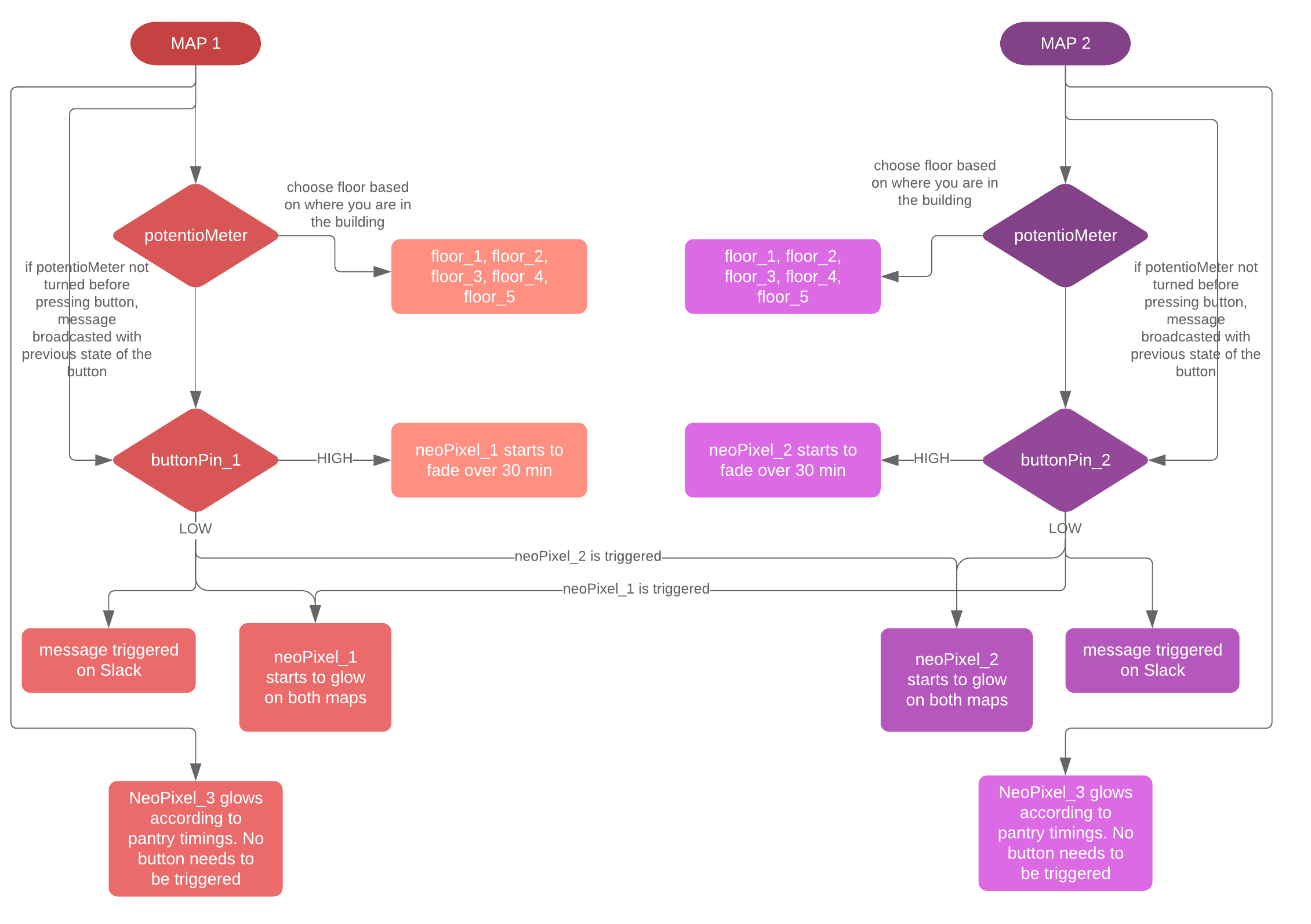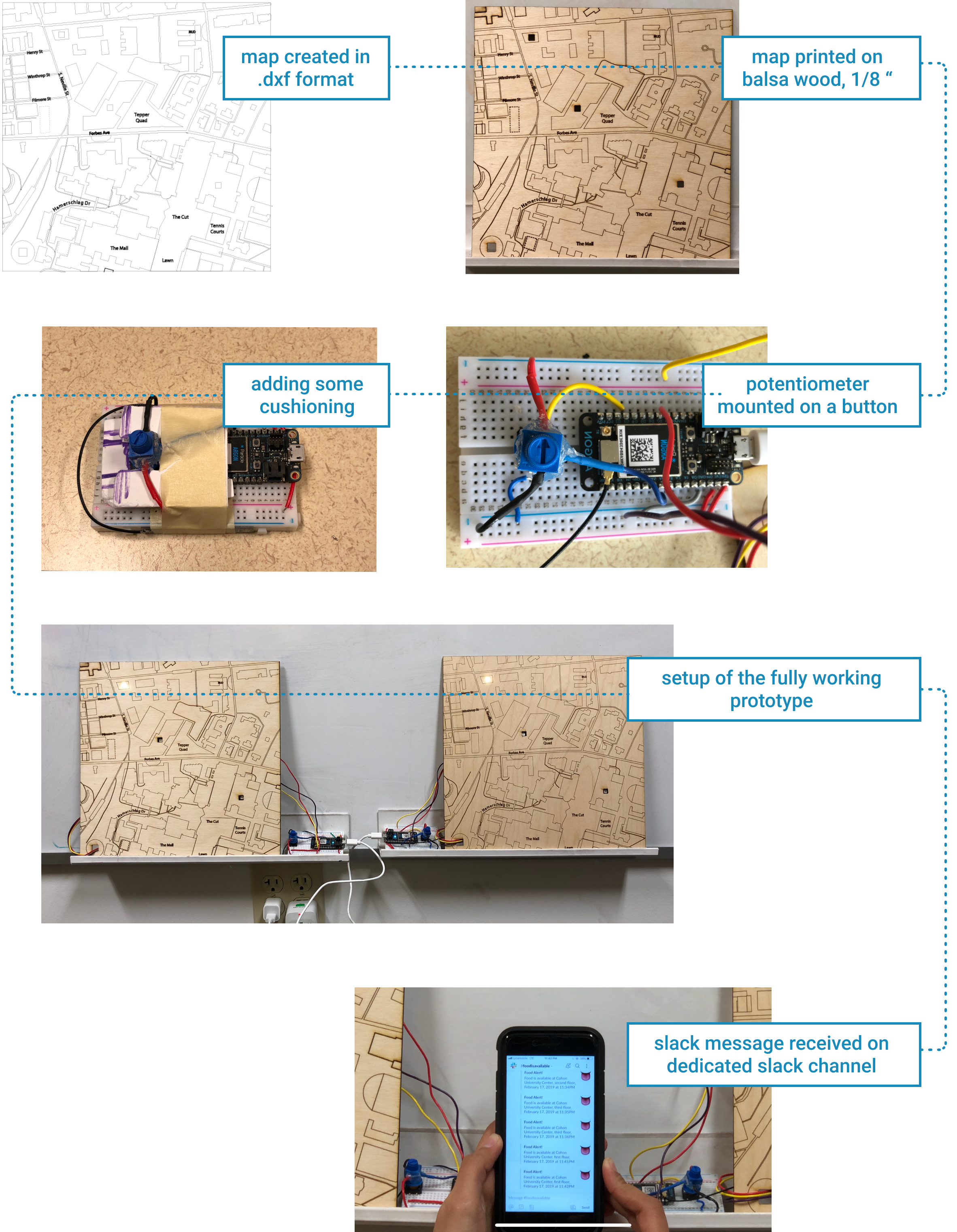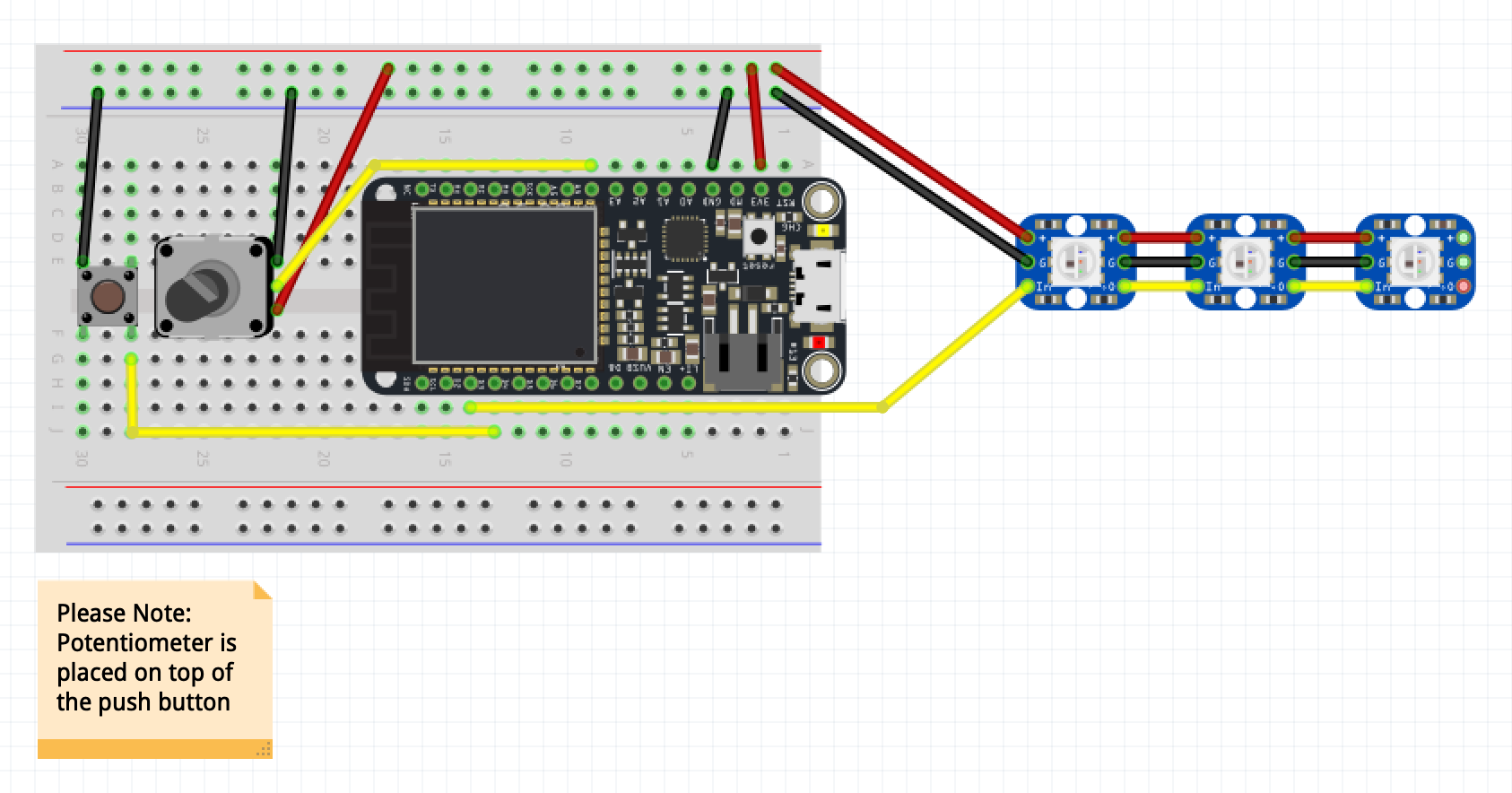Inspiration
While it may not be obvious, about 19% of the CMU student community is food insecure. Having to choose between eating and rent, tuition, amongst other expenditures, is a difficult situation to endure. Feeling hungry affects students’ moods and behaviours, health, well-being, social lives, and academic concentration. Unfortunately, there is also a stigma around food insecurity–making it even more troublesome for food insecure students. CMU officially launched a food pantry last fall, where all CMU students are able to get food staples for free (twice a month). Despite the CMU pantry being a step forward, we felt inspired to create a product that could help better connect students to the CMU pantry and other food opportunities on campus.
for more info- GAO report: Food Insecurity on College Campuses https://www.gao.gov/assets/700/696254.pdf
How Food Alert Campus Map Works
With this goal in mind, our team designed and created ambient campus maps that subtly informs students of free food opportunities and when the food pantry is operating. These maps are placed at main buildings on campus (i.e. Tepper School of Business and Cohon University Center), where most free food opportunities have been.
When there is an opportunity for free food, people can press a button on the Food Alert Campus Map. A cyan light on the map will glow to indicate the specific building where the free food is. In our experience, free food on campus generally lasts a maximum of 30 minutes; using this timeframe, the cyan light will gradually dim within 30 minutes to share it if is worthwhile to seek out the food. This way, if students see that the light is pretty dim, they may not want to waste their time walking over to another building. When the button is pressed, a message is also sent out on Slack to share the exact floor of the free food opportunity. People can join the Slack channel to opt-in for the notifications.
Additionally, a yellow light automatically turns on to indicate that the food pantry is open and remains off when the pantry is closed.
